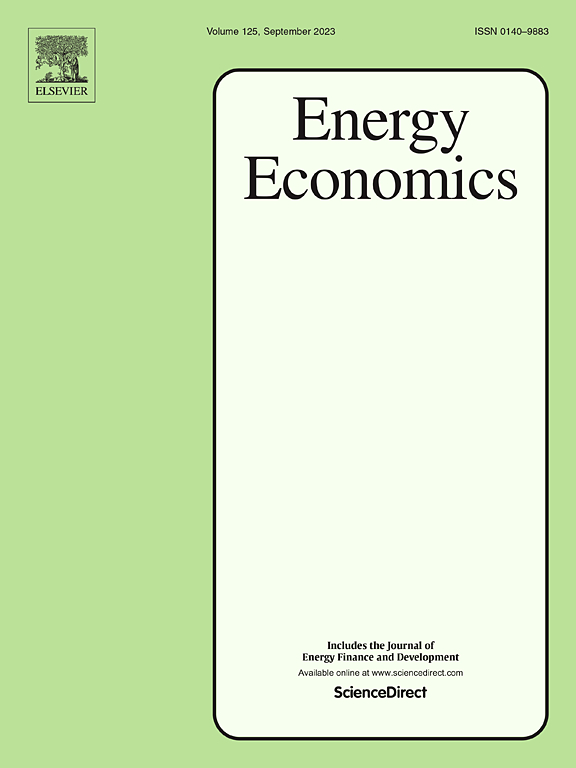能源转型的地理:后福岛日本的网络方法
IF 14.2
2区 经济学
Q1 ECONOMICS
引用次数: 0
摘要
面对日益严重的气候变化威胁,从传统能源向绿色能源和可再生能源转型已成为全球的主要需求和目标。然而,能源转换是昂贵的,通常是缓慢的。本文强调空间的作用,并在局部水平上研究能量转换。为此,我们实证分析了2011年日本福岛核事故引发的核电向风电转型的采用和空间分布。我们为1742个城市建立了一个新的面板数据集,结合了风电场和核电站位置的详细网格数据,以及2001年至2020年的灯光、人口、植被绿化率和污染数据。使用面板数据计量经济学技术(包括差异中的差异和事件研究估计),我们探讨了靠近核电站和采用风能技术(WET)之间的联系。然后,我们通过网络扩散模型模拟了2011年后各城市采用WET的可能速度和顺序,明确考虑了邻近城市在这种扩散中的影响。最后,我们通过针对关键传播者来改变传播过程,从而进行反事实分析,使政策制定者能够提出加速WET传播的政策。本文章由计算机程序翻译,如有差异,请以英文原文为准。
The geography of energy transitions: A network approach for post-Fukushima Japan
Given the increasing threat of climate change, energy transitions from traditional sources to greener and renewable ones have become a major need and goal worldwide. However, energy transitions are costly and usually slow. In this paper, we highlight the role of space and study energy transitions at the local level. To do so, we empirically analyze the adoption and spatial spread of nuclear-to-wind transitions triggered by the Fukushima incident in Japan in 2011. We build a novel panel dataset for 1742 municipalities, combining detailed gridded data on the location of wind farms and nuclear plants, merged with data on lights, population, vegetation greenness, and pollution from 2001 to 2020. Using panel-data econometric techniques (including difference-in-differences and event study estimates), we explore the connection between proximity to nuclear power plants and the adoption of Wind Energy Technology (WET). We then simulate through a network diffusion model the possible speed and order in which municipalities adopted WET after 2011, explicitly accounting for the influence of neighboring municipalities in this diffusion. Finally, we perform a counterfactual analysis by targeting key spreaders to alter the diffusion process, allowing policymakers to propose policies to accelerate the diffusion of WET.
求助全文
通过发布文献求助,成功后即可免费获取论文全文。
去求助
来源期刊

Energy Economics
ECONOMICS-
CiteScore
18.60
自引率
12.50%
发文量
524
期刊介绍:
Energy Economics is a field journal that focuses on energy economics and energy finance. It covers various themes including the exploitation, conversion, and use of energy, markets for energy commodities and derivatives, regulation and taxation, forecasting, environment and climate, international trade, development, and monetary policy. The journal welcomes contributions that utilize diverse methods such as experiments, surveys, econometrics, decomposition, simulation models, equilibrium models, optimization models, and analytical models. It publishes a combination of papers employing different methods to explore a wide range of topics. The journal's replication policy encourages the submission of replication studies, wherein researchers reproduce and extend the key results of original studies while explaining any differences. Energy Economics is indexed and abstracted in several databases including Environmental Abstracts, Fuel and Energy Abstracts, Social Sciences Citation Index, GEOBASE, Social & Behavioral Sciences, Journal of Economic Literature, INSPEC, and more.
 求助内容:
求助内容: 应助结果提醒方式:
应助结果提醒方式:


